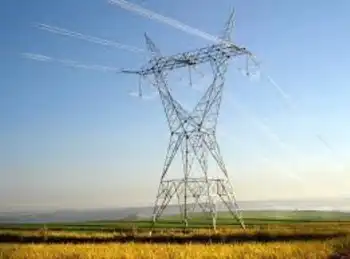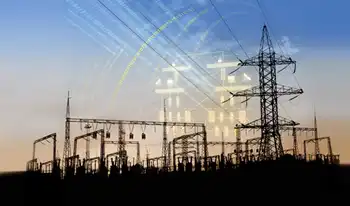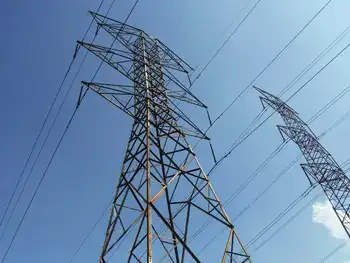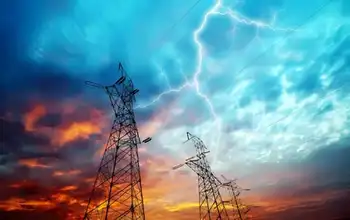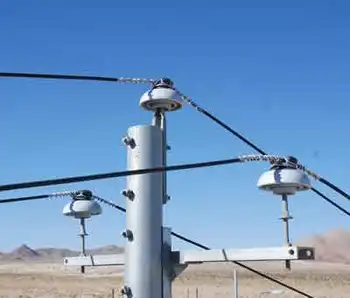Man makes his own electric-powered truck
By Salisbury Post
Electrical Testing & Commissioning of Power Systems
Our customized live online or in‑person group training can be delivered to your staff at your location.

- Live Online
- 12 hours Instructor-led
- Group Training Available
"I still grin when I drive it by gas stations," Weber said recently as he showed off his finished product.
What Weber, 76, a retired jack-of-all-trades who spent most of his career working as an electrical engineer, did is convert a 1984 Mazda pickup from gas to electric power.
The Salisbury Post reported that the finished product is small and white. It's not especially snazzy, but it does well what Weber intended.
The vehicle is powered by 20 (that's not a typo) six-volt batteries. They're the same size as typical car batteries, three of them mounted under the truck's hood and the remaining 17 tucked away under a cover in the pickup's bed.
On a full charge, the Mazda can travel about 45 miles. General Motors might not have anything to worry about just yet, but Weber admitted he's proud of his ride.
"Something like this would be ideal for someone who works in town," Weber said. "It's cheap and there's almost no maintenance."
Weber paid $450 for the Mazda he used for his conversion. The pickup was a little rough, he said, but was still running when he got it back to his house in Mount Ulla, only a stone's toss from the Iredell County line.
Weber immediately pulled everything pertaining to the gas engine from under the hood. Then he set about converting it to run off an electric motor. The job wasn't especially difficult, Weber insisted, noting that his career working with a variety of things electrical undoubtedly made the task easier.
Weber also searched the Internet for information and parts. The heart of the contraption is a 144-volt, 18-horsepower, DC motor. Weber did some custom work to make the motor fit where a gas engine was designed to sit.
We won't delve greatly into specifics of all that's involved in making the pickup go, but it involves welding cable, a control box, an accelerator box and a speed controller.
There's also an electric vacuum and vacuum tank under the hood that provide power for the brakes. To top it all off, a 12-volt battery (that's 21 of 'em, total, for those of you keeping score at home) operates the lights and a handful of other accessories.
The Mazda doesn't come with frivolities like air conditioning, a radio or even a heater. Weber said they could all be added, but each would prove a drain on the batteries and cut into his motoring range.
Weber said his wife, Rosemarie, carries an electric blanket when they go for a ride when the weather turns nippy. The blanket can be plugged into an outlet there in the cab of the truck and Rosemarie wraps it around herself to stay warm.
Together, the Webers have driven the Mazda about 2,100 miles over the past year.
The vehicle can be charged overnight. Weber said he travels about 50 mph when he's behind the wheel.
"I've had it up to 65 or 70," he admitted, "but that reduces its (travel) distance considerably."
Weber said that while the Mazda does fairly well in getting down the road, he punches the accelerator a tad when heading downhill in order to help the little motor that could pick up speed to pull the upcoming grade.
Weber said that on rare occasions when he's following someone downhill and the guy in front refuses to accelerate, his Mazda has been known to have a bit of trouble mustering the horsepower to top with much authority the following incline.
For that reason, on the pickup's tailgate and front fenders, Weber has lettered: "120 volt electric truck."
"Hopefully," he said, "when people behind me see that, they'll have a little more patience."
Weber and his wife have 10 children and 12 grandchildren. Weber is a native of Illinois and a Navy veteran.
One of his son-in-laws, Chuck Bolmer, said Weber's work converting the Mazda is indicative of the type ingenuity he displays.
"He does anything and everything," Bolmer said. "For him to build an electric-powered truck is no big deal. He's up on the latest technology. For a man his age, he stays up on just about everything."
Weber said it cost him about $7,000 to convert his truck. Each of those 6-volt batteries cost $100, meaning he's got $2,000 invested in batteries alone.
But Weber said he feels the money was well spent. He said probably the biggest mistake he made was not starting the project with a slightly nicer vehicle.
When a visitor stopped by to take a look at the pickup the other day, Weber invited him to climb in for "a ride around the block."
And then off he went, motoring an 8-mile country loop that began and ended at his house on Childers Road.
The Mazda drove perfectly and silently, a classic example of one man's stand against the big oil companies.





